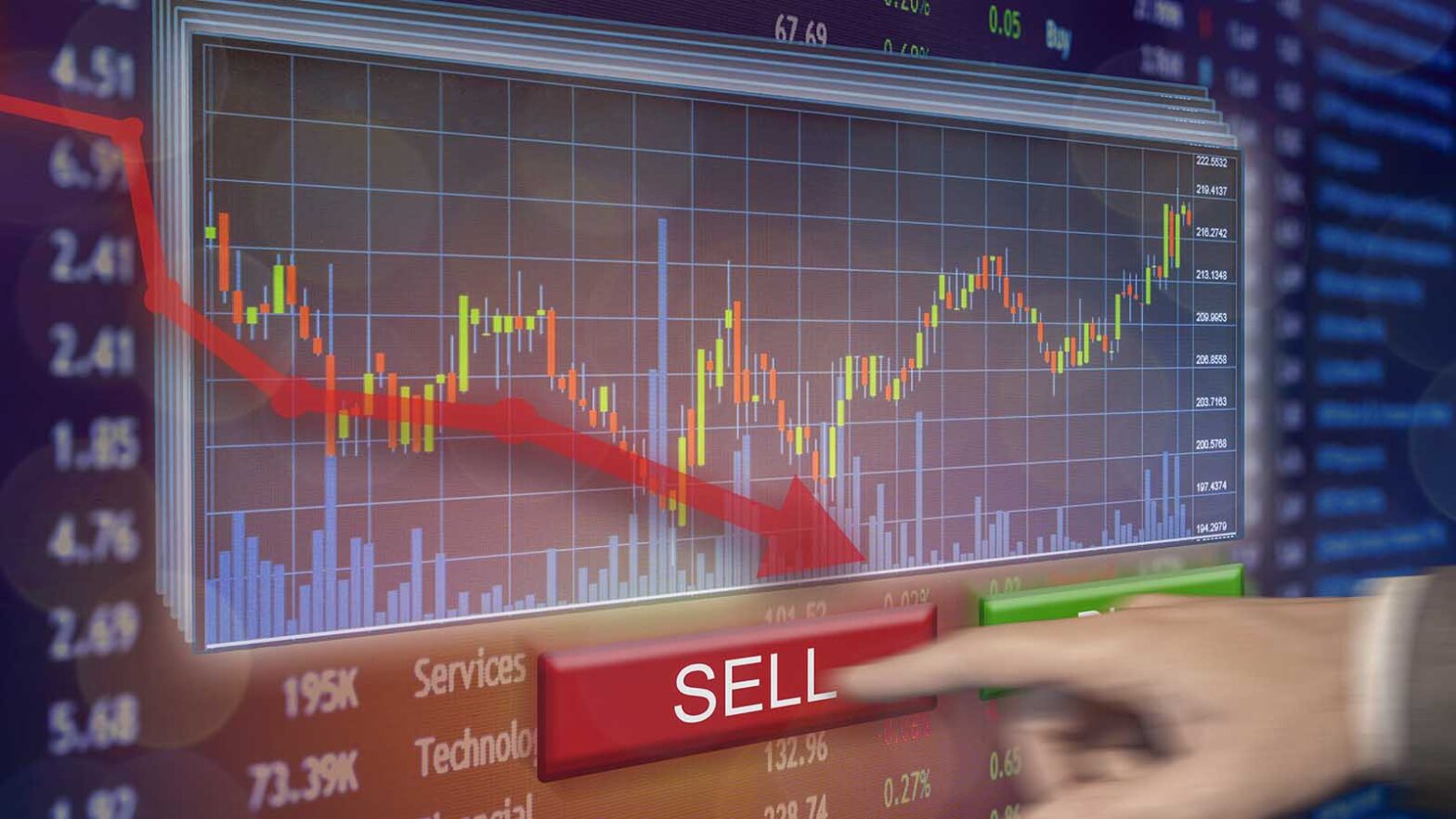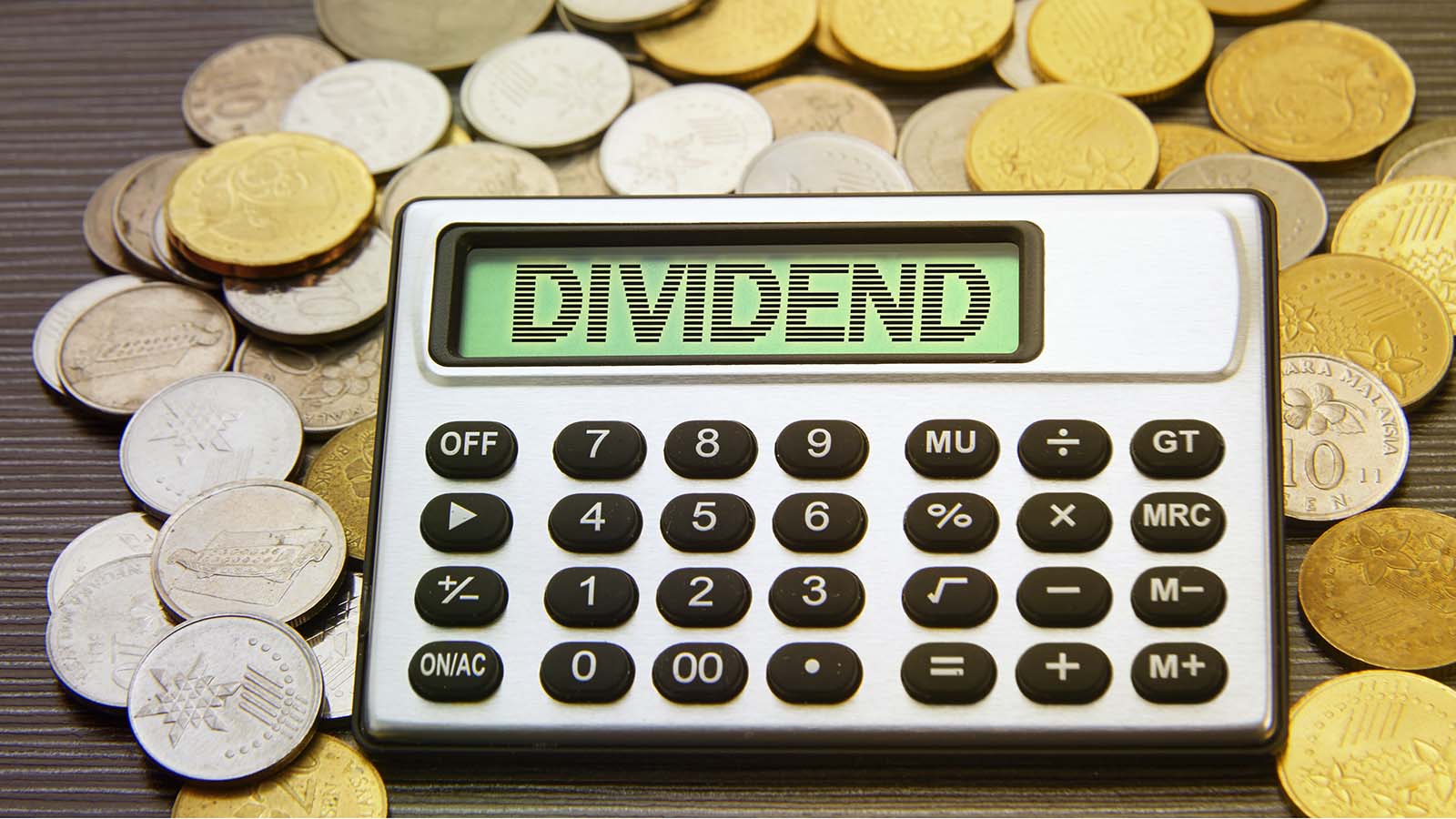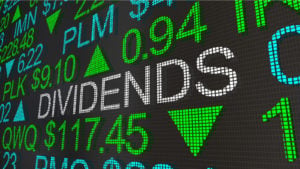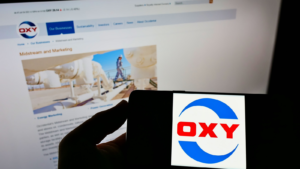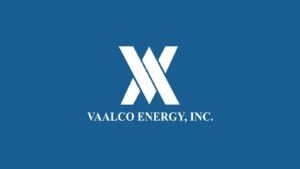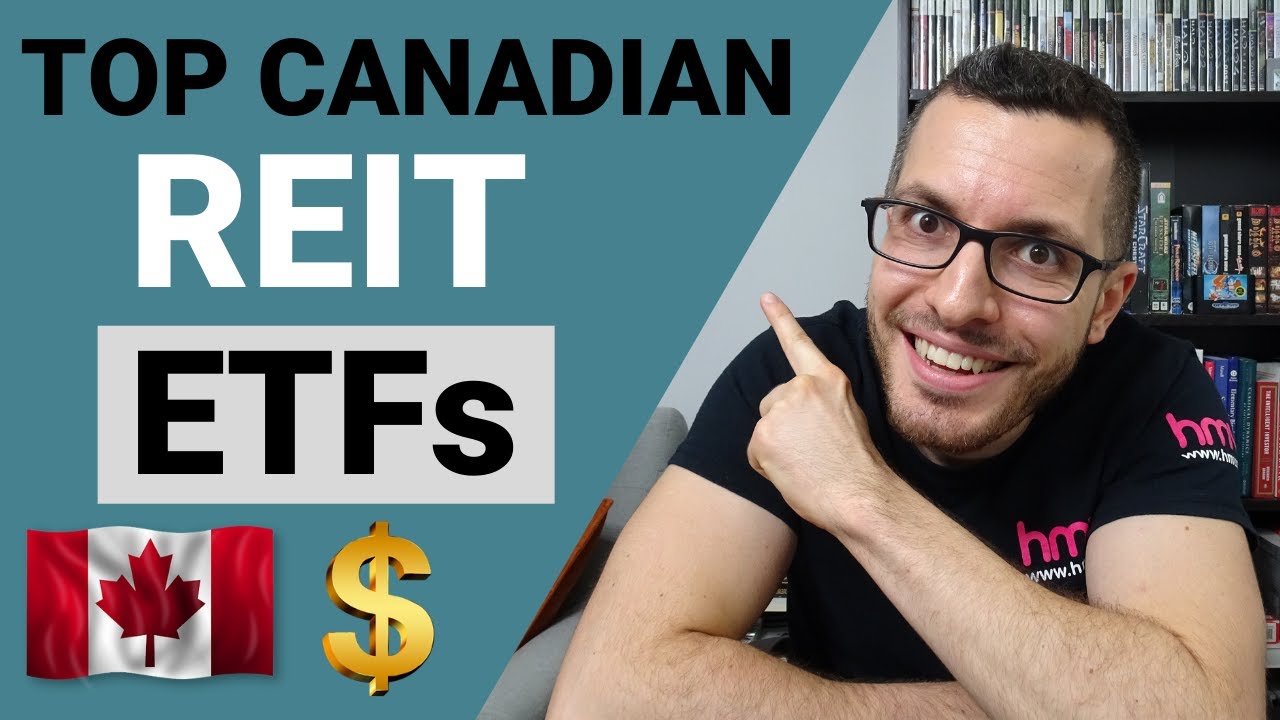United States equities have calmed down since their rally in the first quarter of 2024. The S&P 500, Nasdaq and Russell 2000 have all dipped slightly from their previous highpoints. While market trends, such as the generative AI craze, may have been enough to lift stocks to new heights, nowadays analysts and investors are increasingly worried about how stretched trading multiples have become. Today, we’re analyzing the top stocks to sell on the CPI report.
Inflation also remains in the equation. Economists and market analysts expected there to be a downtick in the core consumer price index (CPI) figures for March. Instead, there was a month-to-month increase of 0.4% while the Y/Y rate for the core CPI remained at 3.8%. In other words, inflation seems here to stay for some time, which casts doubt on the Q2 rate cuts some analysts were hoping for. Persistent inflation and interest rates could prolong many companies cloudy business environments, potentially impacting high trading multiples.
Without further ado, below are stocks to sell on the CPI report before inflation and rate fears bring in more market turbulence.
SentinelOne (S)
SentinelOne (NYSE:S) is a global provider of cloud-based cybersecurity solutions, best-known for its ‘Singularity Extended Detection and Response Platform’. The concept leverages artificial intelligence to power cybersecurity solutions on an organization’s cloud network.
Singularity’s value proposition was simple. AI technology would create a human-like experience for the platform’s users, thus significantly decreasing upfront costs for customers. Addressing this pain-point in cybersecurity, SentinelOne roared into prominence with a record IPO and years of consecutive triple-digit revenue growth. In 2023, SentinelOne’s share price rose more than 88%; of course, the AI craze had a lot to do with it. While SentinelOne’s shares have had a decent run in Q1’2024, shares are down nearly 21% for the year.
The company’s Q4 earnings report is partially to blame. While financial figures did come in above Wall Street estimates, guidance for the company’s following fiscal year was not sorely underwhelming. Intense competition from CrowdStrike (NASDAQ:CRWD) which just seems to be snapping up market share is also a concern on investors’ minds. Now with this hotter-than-expected CPI report, which could result in elevated interest rates for a long period of time, SentinelOne’s growth prospects look even dimmer. Time to cash out now before more damage is done.
Rigetti Computing (RGTI)
Rigetti Computing (NASDAQ:RGTI) is a vertically-integrated quantum computing business. This means the company both designs and manufactures its multi-chip quantum processors. Rigetti uses superconducting circuits as qubits fabricated on silicon chips and operating at near-zero temperatures. To deliver its quantum computing capabilities to clients, Rigetti leverages cloud service networks while also providing quantum software development tools as well as quantum hardware design and manufacturing.
While Rigetti announced a successful Q4 2024 earnings period, which saw both revenue and earnings per share beat Wall Street estimates, the stock is also coming upon uncharted territory with interest rates likely being higher for longer. A startup like Rigetti needs ample access to equity and venture capital to sustain its losses. A company like this will find it difficult to obtain sizable loans. Still, access to equity capital could dry up even more if investors become more risk averse
RGTI’s shares have risen approximately 20% to around $1.18 per share from a year-to-date perspective but has plummeted over 46% from its high of $2.19 per share. Because quantum computing is still a pretty nascent field, investors are probably better of cashing out of this one, especially as the macroeconomic environment continues to be murky.
Cloudflare (NET)
Cloudflare (NASDAQ:NET) hosts a massive Content Delivery Network or CDN that helps delivery continent to millions across the globe. For those unaware, Cloudflare’s CDN is just a series of collocated servers wherein Cloudflare’s customers can affordably store data. Accessing a favorite streaming service or YouTube channels becomes simpler with a CDN, or a “distributed network,” that allows users to quickly pull up a video or any other piece of content from the closest server.
Cloudflare has provides a security apparatus to websites. If you have ever accessed a website and had a virtual private network (VPN) on, perhaps you had a Cloudflare pop-up window verifying if you were a “real human.” In other words, the Cloudflare CDN also protects customers’ content from malware and other intrusive attempts so that websites do not have to build out that security infrastructure on their own.
The CDN company’s shares have done well in 2024, rising 13% on a year-to-date basis. At one point in the year, NET’s share price had risen almost 30% after its Q4 report blew past Wall Street estimates. However, Cloudflare clearly isn’t immune to the machinations in the macro environment and broader equities market. Its insanely high valuation as well as the uncertainty around how higher rates for longer will affect its business growth have sent shares plummeting 13% from its all-time high. Similar to the others in the list, probably now is a good time to accept your gains and accept NET as one of the stocks to sell on the CPI report.
On the date of publication, Tyrik Torres did not have (either directly or indirectly) any positions in the securities mentioned in this article. The opinions expressed in this article are those of the writer, subject to the InvestorPlace.com Publishing Guidelines.



